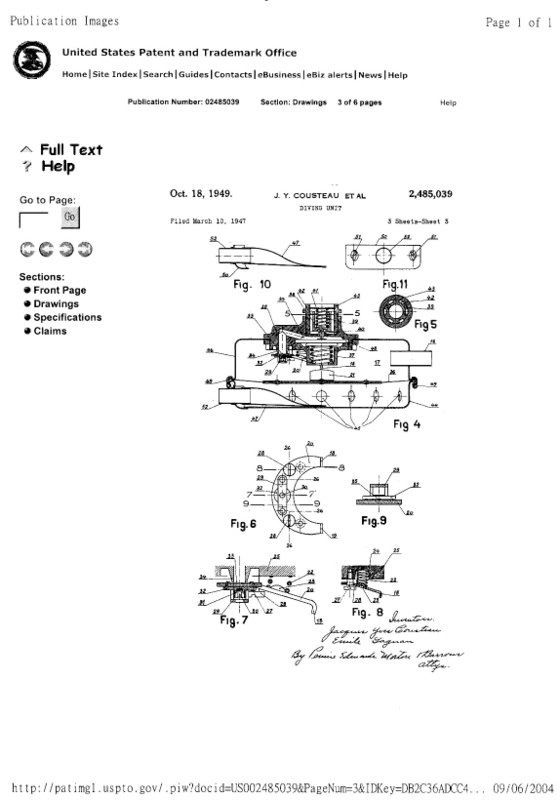00wabbit
Contributor
Hi, I'm a newly certified diver and have been watching a lot of videos on diving. I just watched Silent World by Jaques Cousteau in the 50's. They are diving with 3 tank "aqualungs". How did does three tanks work?
Welcome to ScubaBoard, the world's largest scuba diving community. Registration is not required to read the forums, but we encourage you to join. Joining has its benefits and enables you to participate in the discussions.
Benefits of registering include
Hi, I'm a newly certified diver and have been watching a lot of videos on diving. I just watched Silent World by Jaques Cousteau in the 50's. They are diving with 3 tank "aqualungs". How did does three tanks work?
Isn't that the coolest thing ever, and they were made by US Divers. It's 3 30 cu ft cylinders on a triple manifold. Works exactly like a single tank. There's a bunch of pictures in this thread.
(I have substituted the word [valve] for a word that is not allowed is some internet programs, but also means a valve.)...Referring to Figs. 1, 2 and 3, A and B are two cylinders containing compressed air but which might as well be filled with any other compressed breathable gas. On the cylinder A is mounted a [valve] J through which the compressed air is admitted to the two cylinders for purposes of filling them. The air inhaled by the diver is with drawn from the cylinders through a common pipe N. A third cylinder C serves as a reserve; the gas contained in it being available for the diver when he feels that the supply of gas contained in the two cylinders A and B is close to being exhausted. The capacity of this third cylinder is sufficiently large to supply sufficient air to the diver to enable him to rise to the surface sufficiently slowly. The diver can thus dispense with any instruments for measuring the pressure in the two cylinders A and B. The air is withdrawn from the reserve cylinder C through a pipe O. Pipes N and O are provided with [valves] K and L, respectively, which are operated by the diver. While two cylinders A and B have been shown for the normal supply of air to the diver, only one could be utilized instead...
United States Patent Office, Patent #2,485,039, DIVING UNIT, Jacques Yves Cousteau and Emile Gagnan, Paris, France, Application March 10, 1943, Serial No. 733,658, page 1


In 1972, Scubapro introduced a unique first stage, The Audio "Low Air" Warning Mk 7. This totally new first stage, made from a massive 66.7 ounce solid brass forging, combined the balanced flow through piston with a "Sonic Alarm" that triggers on inhalation after the tank pressure drops below approximately 350 psig. This extremely dependable warning signal has the advantage of "announcing a low air condition not only to the diver using the regulator, but also to all other divers in the water up to 60 feet away."...
